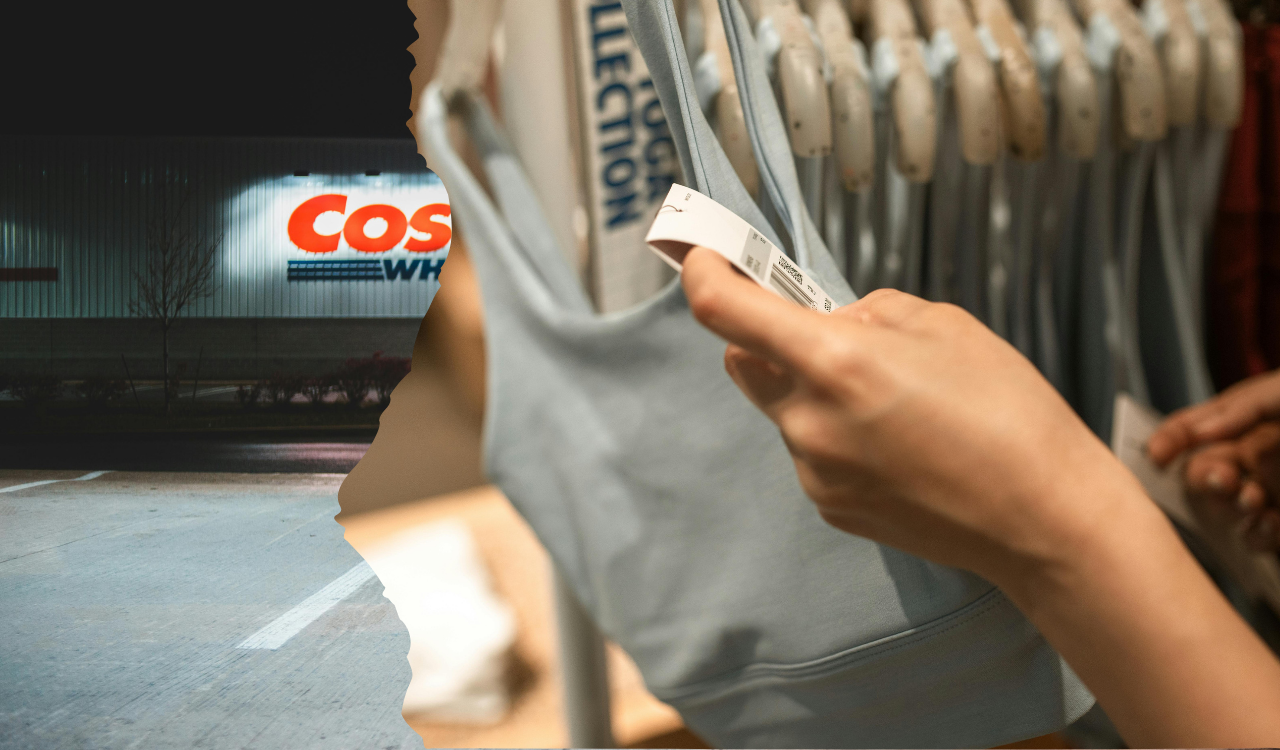Gen Z is in dire straits. They’re facing the second major economic recession of their lifetimes. They’re spending a year of their formative teens trapped at home. They’re staring down the barrel at climate change, so their future isn’t looking much brighter than their present. But these kids are nothing if not adaptable.
Only Change Endures
Next-gens born after 1997 grew up in a time of uncertainty. It took a toll on their mental health, but it also made them savvy, strategic consumers. Glossy marketing didn’t resonate with next gens even before the pandemic, and it definitely doesn’t have a place in present retail. There are going to be some massive changes in how next-gens face the new year.
Gen Z is a generation of hustlers. Yes, they’re hyper-focused on sustainability, but they’re also hyper-focused on having enough money in their savings account to cope with whatever comes next.
Desperate times call for raw, unfiltered marketing. Here are some strategies that retailers should use going forward.
Let’s Talk Money
Gen Z are more pragmatic consumers than their idealistic millennial counterparts. Money is their number one source of stress. That’s because Gen Z grew up in the midst of economic turbulence, so they’re more likely to save than part with their hard-earned cash on an impulse. This is a generation of hustlers. Yes, they’re hyper-focused on sustainability, but they’re also hyper-focused on having enough money in their savings account to cope with whatever comes next.
Deals are more important to Gen Z than brand loyalty. A recent study on Medium found that discounts are still the first priority for Gen Z shoppers online (62 percent), followed by free return shipping (58 percent). Gen Z consumers are now thinking about the cost of returning a product before they even reach the checkout line. Perhaps this is why the Gen Z demographic has been most compared to the Silent Generation, who grew up during The Great Depression.
For a purchase to have staying power, it has to pass the quality test when the finished product ends up on Gen Z’s doorstep. Hollow advertising quickly comes to light and next-gens won’t hesitate to return a product if it isn’t up to snuff. But it’s not like they’re spending frivolously. In a world where toilet paper and hand sanitizer run scarce, essentials are the new impulse purchase. A whopping 67 percent of consumers across demographics say they’re stocking up on essentials going forward, taking fewer shopping trips, but purchasing more when they make the sojourn to a physical store.
Loyalty Is a Challenge
Young consumers who are quarantined at home are spending more time online, where they’re exposed to social media content from new brands all day, every day. They aren’t immune to the allure of cheap essentials from unknown upstarts. Mobile eclipses all other platforms as the place where next-gens discover brands, research their production processes, check product reviews and compare prices.
On social media, brands have to walk a fine line between giving consumers the information they need to establish trust and conveying that information in a minimalistic, visually appealing way. Strategic advertising for Gen Z requires an investment in high-quality photography and data-driven content. A retailer’s photos are their calling card: over half of next gens (57 percent) list appealing photos as top priority when discovering new brands.
Gen Z is unlike millennials, who identify with the brands they patronize. Next-gens don’t feel like where they shop is a part of who they are. Gen Z isn’t bragging about where they bought the product, they’re bragging about the attributes of the product itself. Fast fashion retailers with sustainable offerings –– such as H&M’s “Conscious” collection and Zara’s recycled polyester clothing –– have been able to benefit from this generational distinction.
Let ‘Em Hear that Rebel Yell
A side effect of being constantly inundated with content is that next-gens need to connect with brands at first glance, or they’ll keep on moving. Gen Z will spend eight seconds viewing a brand on social media before scrolling past to the next thing. Brands, then, face the challenge of proving that they fall into the “one of us” category quickly enough to capture next-gen attention. This means toeing the line between marketability and subversiveness.
Brands have to prove that they aren’t “the man” in record time. An alternative logo and a rebellious company name like Death Wish Coffee might do the trick. The tagline on their website? “It’s coffee time, Mother Functioner!” Brands aren’t going to turn off next-gens with a strategically placed swear word, or an allusion to one. In fact, I’d argue this is what it takes to retain next-gen loyalty when there are a million options to choose from: stand out by whatever means necessary… every damn time.
Gen Z is the most diverse age demographic to date. Taking a stand on a social issue an essential strategy for brands to cut through the marketing noise. Facebook recently found that more than half of Gen Zers expect brands to be clear about their stance on social and political issues. This can happen through collaborations with social justice organizations, public donations, and transparently working towards diversity and inclusion benchmarks. But the stance needs to be authentic. If a brand’s marketing department touts one cause and the CEO is secretly donating to an organization that perpetuates another, Gen Z can and will call for a massive boycott on social media. Like it or not… it’s the reality of callout culture.
United On All Fronts
The pandemic put Gen Z’s purchasing eccentricities into overdrive. Next year they’ll be even more discerning. When marketing to a generation that values uniqueness over conformity, blending in isn’t an option. No retailers will coast in the new year. However, brands that continually exhibit next level transparency with a strong kick of subversive personality will survive by forging a new road that’s off the beaten path.





